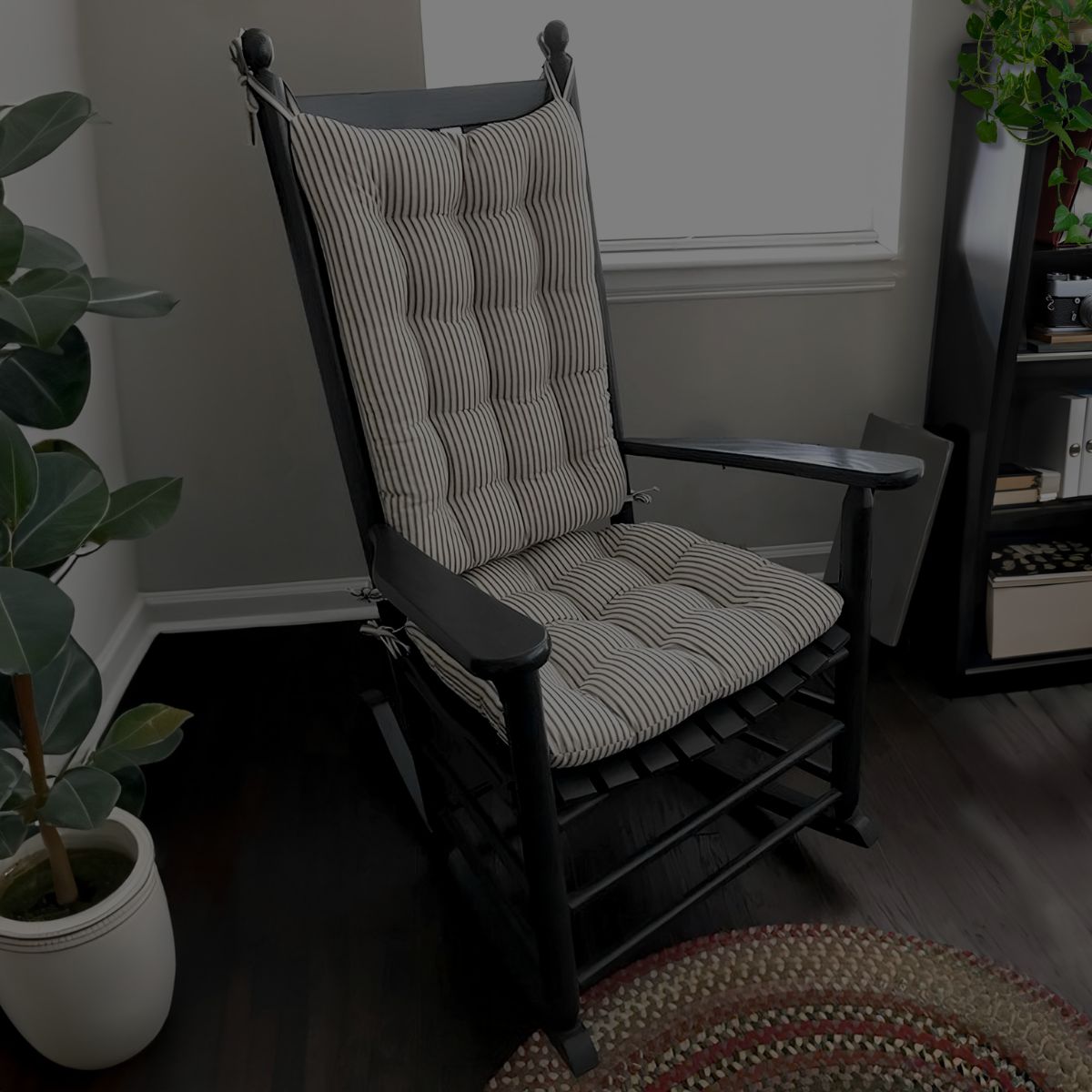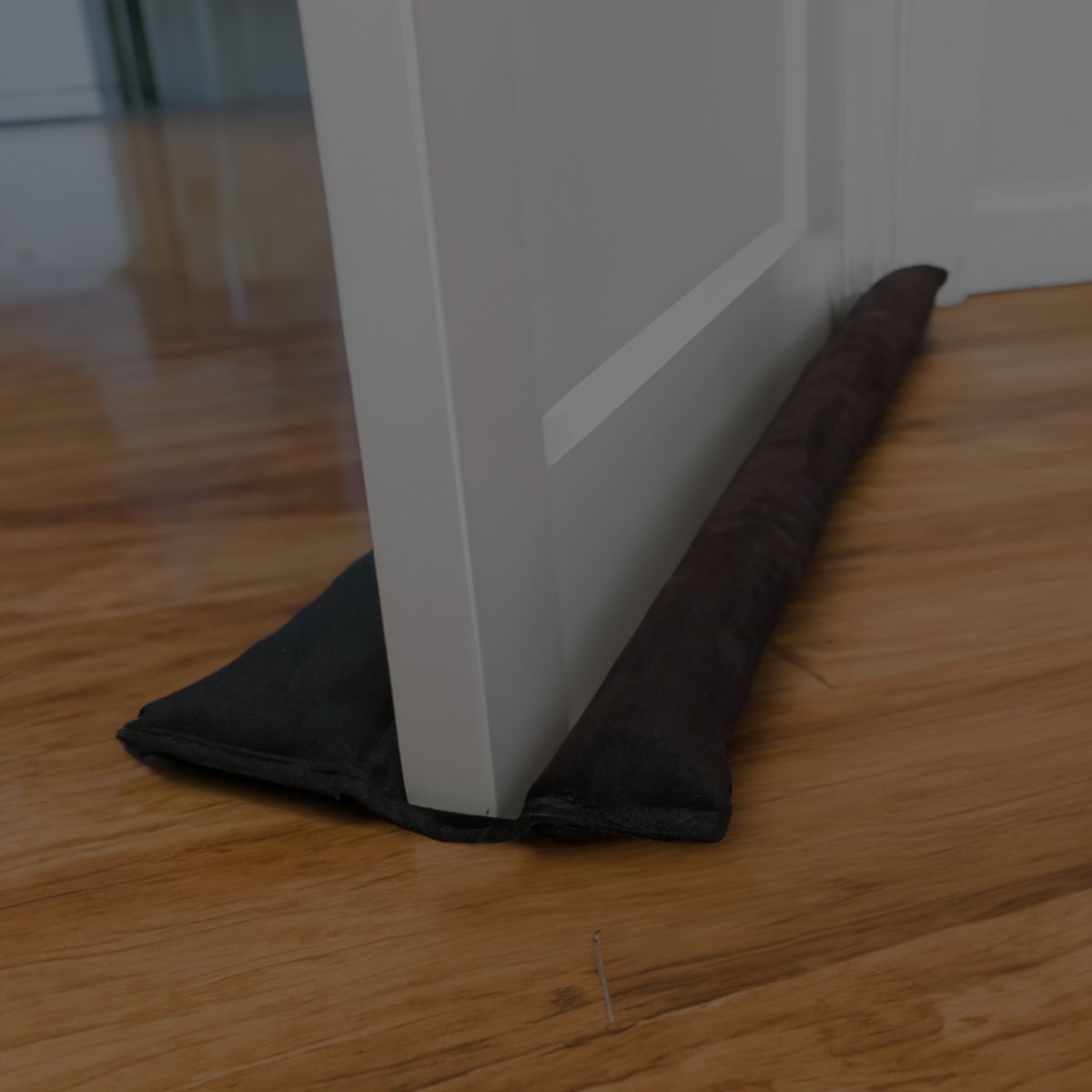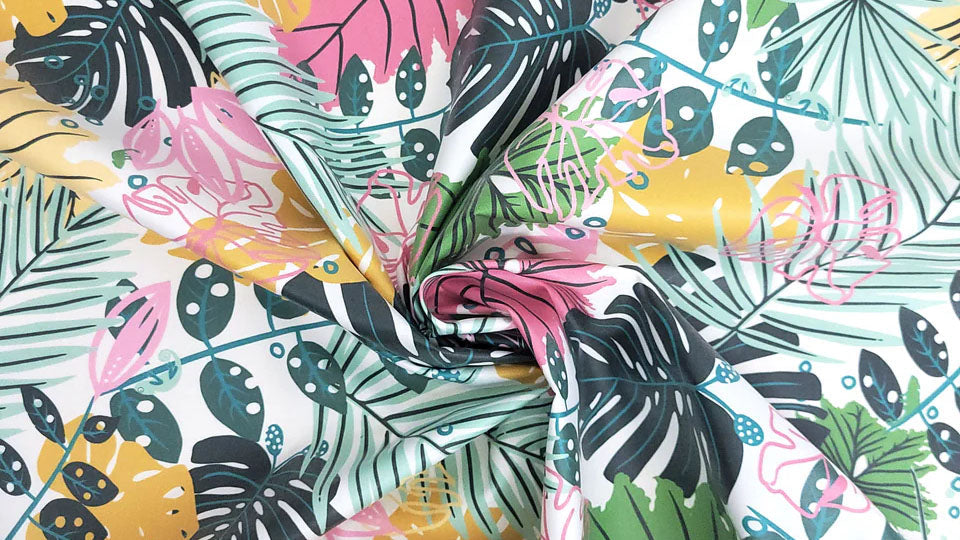OEKO-TEX Standard 100 Certification
The OEKO-TEX Standard 100 is a global certification system for textiles that assures products are free from harmful chemicals. It tests for substances that are both legally banned and known to be harmful to health, even if not officially illegal yet. Some examples include dyes, phthalates, lead and nickel. Textiles with this certification meet stringent safety criteria and are safe for direct skin contact, providing peace of mind for consumers looking for non-toxic textile products.
GreenGuard Gold Certification
GreenGuard Gold Certification focuses on reducing indoor air pollution and the risk of chemical exposure. Textiles that achieve this certification meet some of the world's most rigorous standards for low emissions of volatile organic compounds (VOCs). Ideal for use in schools, healthcare facilities, and homes, GreenGuard Gold certified products support a healthier indoor environment. Our Greenguard Gold certified fabrics also have the lowest carbon footprint of any textile per the Higg Index.
Waterless Dye Technology
With traditional dyeing processes being major contributors to water pollution and consumption, waterless dye technology offers a revolutionary alternative. This method uses little to no water, reducing environmental pollution and preserving fresh water resources. Techniques such as dyeing with compressed CO2 or digital printing are not only eco-friendly but also produce vibrant colors with less waste.
C-Zero Treatment
C-Zero is a cutting-edge treatment for fabrics that provides water repellency without the use of perfluorinated chemicals, which are commonly found in other water-resistant finishes. This treatment aligns with the latest environmental standards, offering durability and protection while ensuring the fabric remains free from harmful chemicals.
PFAS-Free Fabrics
PFAS-free fabrics eliminate the use of Per- and Polyfluoroalkyl Substances, which are known for their negative environmental and health impacts. By choosing PFAS-free fabrics, consumers and manufacturers support efforts to reduce pollution, avoid bioaccumulation, and promote safer, healthier ecosystems.
Pre-Consumer Recycled Fill
Our green legacy dates way back to the 1960s with our innovative use of pre-consumer recycled fill. Our fill is derived from the offcasts of a latex foam manufacturing process from another manufacturer. These materials, which would otherwise be discarded as landfill waste, are reprocessed into premium latex foam cushions, offering a sanitary and eco-friendly alternative that retains loft better than polyester fiber fill.
Pre-Consumer Recycled Fiber Content
Products labeld "Pre-Consumer Recycled Fiber Content" means the fabric has been woven with yarns that are spun from pre-consumer recycled materials. Such materials may include scraps and remnants from other textiles, or innovative use of the offcasts of other manufacturing processes. By using these materials, we significantly reduce waste and resource consumption, contributing to a more sustainable production cycle while maintaining the high-quality and performance standards.









